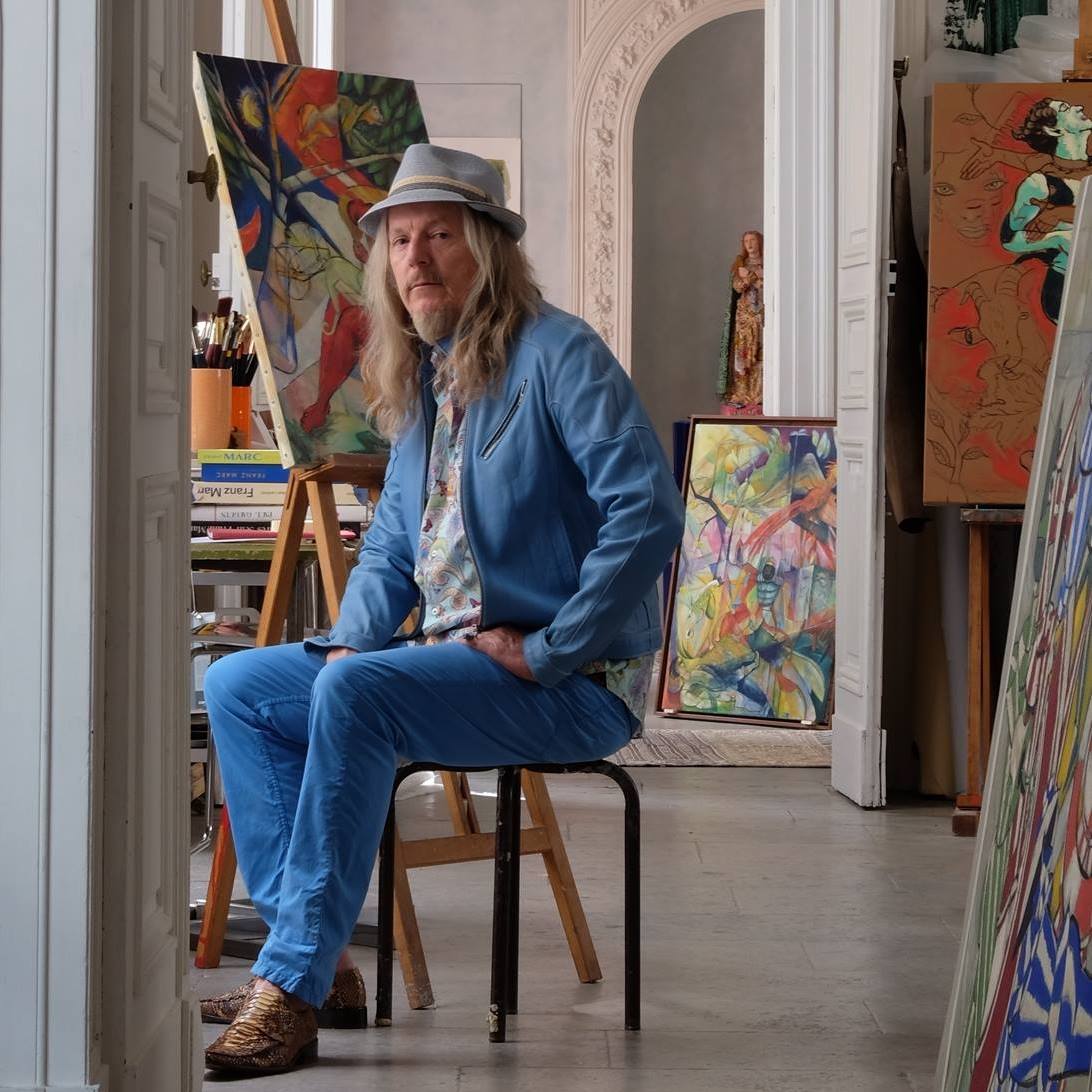News
Notorious Art Forger Sold Counterfeits to Japanese Museums

Amid investigations into the authenticity of two paintings at the Tokushima Modern Art Museum and the Museum of Art in Kochi, Japan, the infamous German art forger Wolfgang Beltracchi has claimed both works as his own. The museums announced the possible forgeries in mid-July, after an art official informed them of a CBS article from 2014 in which the American news outlet had exposed several of Beltracchi’s counterfeits. The two paintings under scrutiny, At the Cycle-Race Track (1986–87) and Girl with Swan (1990), are the first works listed in the article.
For 25 years, At the Cycle-Race Track (1986–87) had been a part of the Tokushima Modern Art Museum’s collection. The cubist painting features a man cycling on a racetrack and was originally accredited to the 20th-century French artist Jean Metzinger, who was said to have painted it between 1911 and 1912. The Tokushima museum purchased the work for JPY 67.2 million (USD 460,000) in 1999 from an Osaka art gallery. At the time, the forgery had already been handled by British auction house Christie’s and even carried an appraisal certificate which solidified its credibility. The museum has exhibited At the Cycle-Race Track about 40 times and lent it to other art museums in Japan, such as the National Museum of Western Art in Tokyo.
As for Girl with Swan (1990), the Museum of Art, Kochi, purchased it for JPY 18 million (USD 123,000) from an art dealer in Nagoya nearly three decades ago, and it has been a part of the museum’s collection ever since. Initially thought to be a work by the German expressionist painter Heinrich Campendonk, Girl with Swan portrays a nude girl in a forest caressing a swan. The Kochi art museum has frequently displayed the oil painting, even loaning it to the Tokushima Modern Art Museum in 2020. Like the Tokushima museum, it removed the work after learning about the suspected forgeries.
As both museums conducted provenance investigations, the Tokushima-based media group Shikoku Broadcasting contacted Beltracchi through his official website. To their surprise, the German art forger confirmed in a simple email response that he had in fact made the paintings, adding, “I’m very sorry for causing confusion in your wonderful country.”
Beltracchi gained notoriety in 2011, when he was convicted of creating 14 artworks which were falsely attributed to the European artists Max Ernst and Heinrich Campendonk. He was sentenced to six years in a German prison for forgery and corruption, having raked in millions of dollars together with his wife Helene, who sold the dupes to collectors and auction houses. So far, along with the paintings in Tokushima and Kochi, only a fraction of his work has been identified—according to Beltracchi’s email, he has produced about 300 paintings over 35 years, replicating the styles of 120 artists. Following his release in 2015, Beltracchi secured his first solo exhibition in Munich, which garnered international attention even before it opened. Nevertheless, he remains a polarizing figure in the art world.
Both Japanese museums were shocked by the revelation that the prized paintings are fakes. Though stunned, museum officials admitted that the forgeries are “brilliant,” pointing to Beltracchi’s unorthodox method: instead of copying existing paintings, he creates “unpublished work” that imitates an original artist’s style.
As of yet, neither institution has announced any plans to take legal action against Beltracchi.
Annette Meier is an editorial intern at ArtAsiaPacific.







